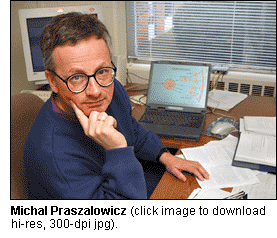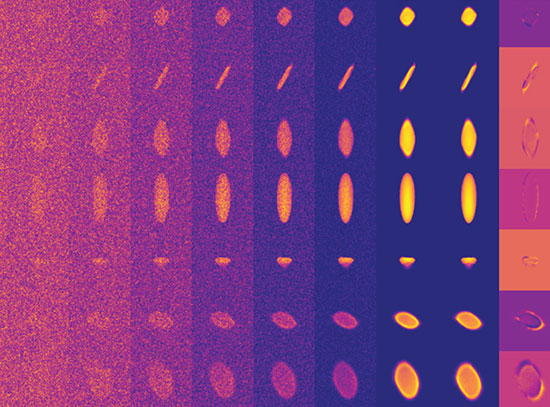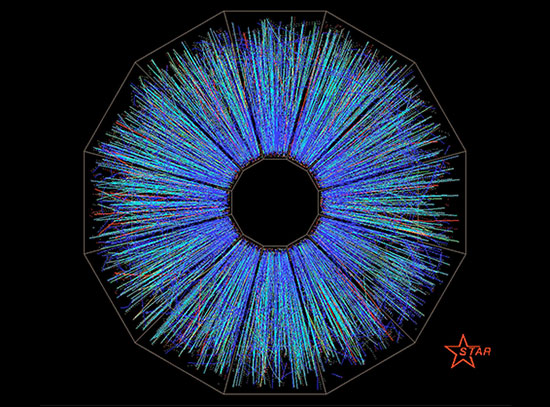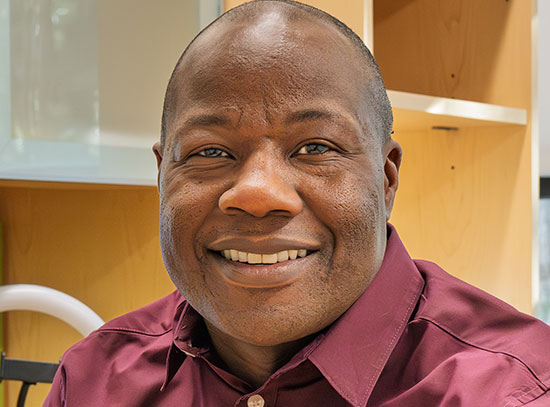Fulbright Scholar at Brookhaven Lab Studies the Theory of Matter
February 17, 2004
Upton, NY - Michal Praszalowicz, an associate professor of physics at Jagiellonian University, Krakow, Poland, is about midway into his yearlong visit as a Fulbright Scholar at the U.S. Department of Energys Brookhaven National Laboratory. He is one of 15 Fulbright Scholars chosen from Poland during the 2003-2004 academic year to pursue their professional interests in the U.S.

The U.S. Department of State, Bureau of Educational and Cultural Affairs, recruits and sends nearly 800 U.S. faculty and professionals to 140 countries and brings 800 foreign faculty and professionals to the U.S. each year. Fulbright Awards are given in 45 disciplines - from art to zoology.
Praszalowicz has visited Brookhaven previously, during the 1988 - 1989 academic year as a Kosciuszko Foundation Fellow to study high energy physics. He says, "I am very happy to be here again. It is important for me to work on a daily basis with experts in my field and profit from the various seminars and workshops held at Brookhaven, which are attended by renowned physicists from all over the world."
Praszalowicz is interested in theoretical methods developed at Brookhaven to study the effects of high-density quarks and gluons in subatomic particle collisions in the Laboratory's newest accelerator, the Relativistic Heavy Ion Collider (RHIC). In RHIC, beams of heavy ions collide at very high energies to replicate, on a tiny scale, the hot, dense conditions thought to have existed at the beginning of the universe. Physicists theorize that, under these extreme conditions, quarks and gluons swarm together as a hot, dense material called quark-gluon plasma, the same type of plasma that is thought to have existed just after the Big Bang some 13 billion years ago.
Praszalowicz also is studying a recently discovered exotic subatomic particle, called theta, which contains four quarks and one antiquark, in contrast to particles known so far, which are built from three quarks, or a quark and antiquark pair. He is investigating the characteristics of the particle using mathematical techniques based on a physics theory called quantum chromodynamics. Experimental studies at RHIC may further validate the particle's existence.
Michal Praszalowicz earned an M.S. and a Ph.D. in physics from Jagiellonian University, Krakow, Poland, in 1978 and 1982, respectively. In 1982, he began his career as an assistant professor in Jagiellonian University's Institute of Physics and in 1993, he was promoted to associate professor. He served as Deputy Director of the universitys Institute of Physics from 1993 to 1996.
2004-10105 | INT/EXT | Newsroom









